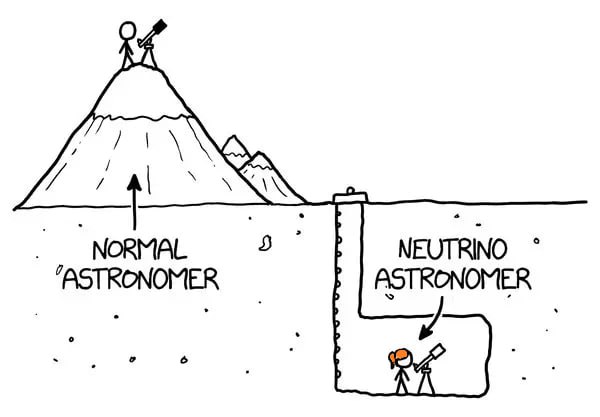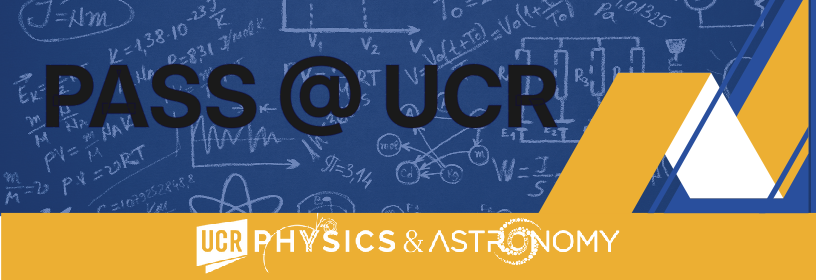Veronika Shalamova, PhD Student
Monday, 12:00 pm, Conference Room (PHYS 3051)
Supernova neutrino detection with DarkSide-20k experiment
(Or how particle physicists can study supernovae (and neutrinos!) using dark matter detectors)
During a supernova explosion, a significant portion of its energy is released in the form of neutrinos. Neutrinos of all flavors escape the core well before any light. If detected, they can provide crucial information about stellar core collapse and its mechanisms. Future large scintillator detectors, designed for direct dark matter searches, will be sensitive to supernova neutrinos via coherent elastic neutrino-nucleus scattering (CEvNS), opening new avenues in the multimessenger approach to supernova physics.
The DarkSide-20k experiment shows great promise due to its ability to detect neutrinos through both the CEνNS and charge current (CC) 40Ar(νe, e)40K channels. The CEνNS channel provides a flavor-blind measurement of the neutrino signal, enabling the normalization of the total supernova neutrino flux, while the charge current channel offers a distinct energy spectrum and exclusively detects the electron neutrino component. Thus, neutrino detection via these two channels presents a unique opportunity to explore both supernovae and neutrino physics.
(+ two attached pictures)


